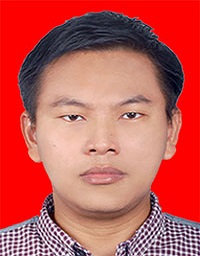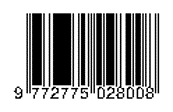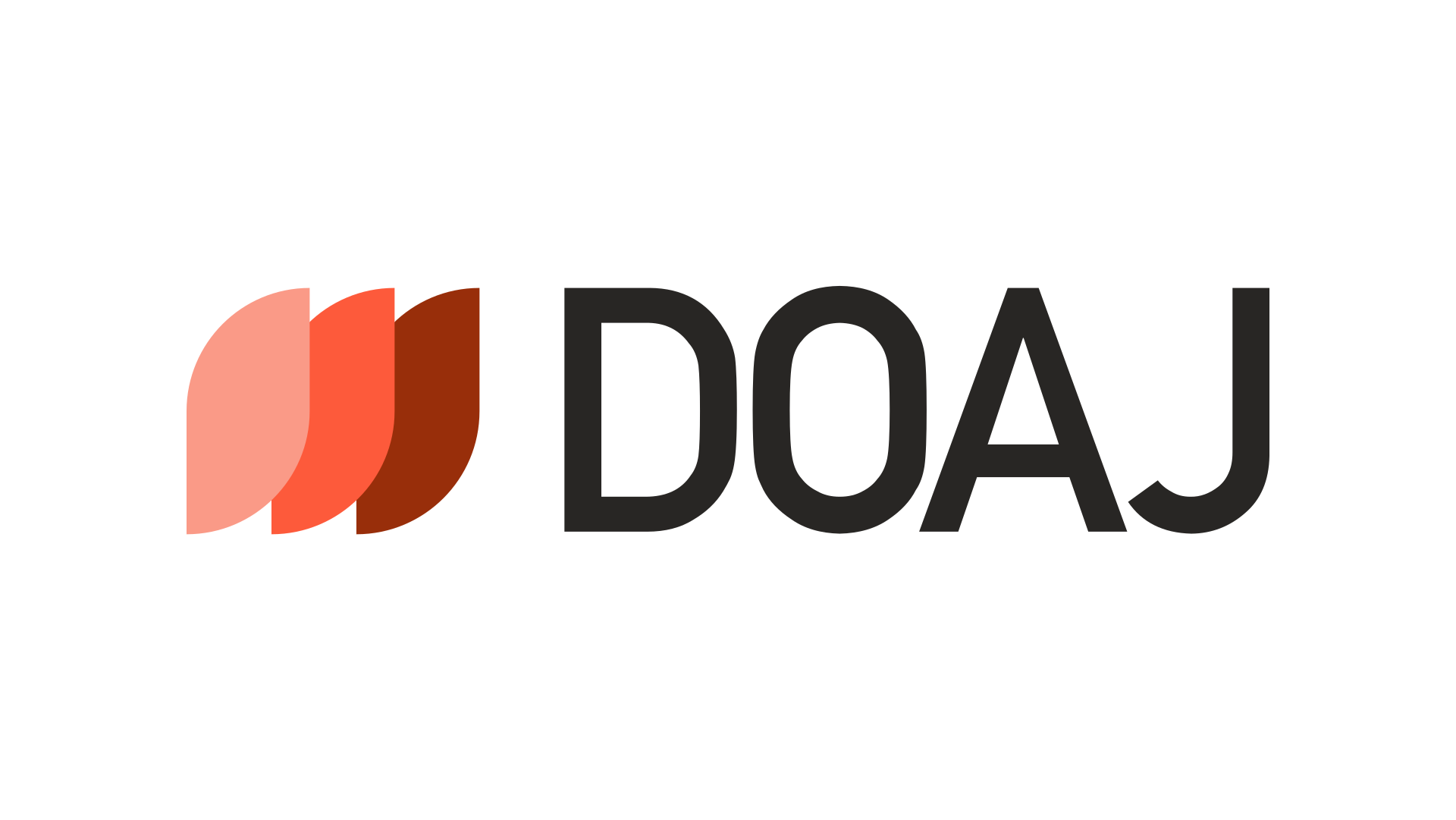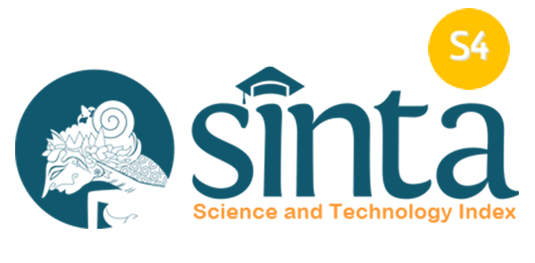DESCRIPTION OF EATING PATTERN IN PATIENTS WITH DIABETES MELLITUS AT IBNU SINA GRESIK HOSPITAL
Downloads
Introduction: Poor dietary management is still commonly found in diabetes mellitus patients. Diet can be observed from the amount of food, type of food, and food schedule. The purpose of this research is to find out the diet of people with diabetes mellitus at the Ibnu Sina Gresik Hospital. Methods: This study was used a descriptive research design. The sample population in this study study were outpatient diabetes mellitus at Internal Medicine Polyclinic Ibnu Sina Gresik Hospital with the number 96 respondents. Sampling was taken using consecutive sampling who met the inclusion and exclusion criteria. Researchers collected data using dietary questionnaires. Univariate data analysis used is editing, coding, scoring, tabulation, and descriptive analysis. Results: This study was used a descriptive research design. The sample population in this study study were outpatient diabetes mellitus at Internal Medicine Polyclinic Ibnu Sina Gresik Hospital with the number 96 respondents. Sampling was taken using consecutive sampling who met the inclusion and exclusion criteria. Researchers collected data using dietary questionnaires. Univariate data analysis used is editing, coding, scoring, tabulation, and descriptive analysis. Conclusions: The diet off patients diabetes mellitus based on the amount of food is categorized as sufficient, based on the type of food categorized as bad, and based on the eating schedule is categorized as sufficient.
Akilakanya, W. (2021). Hubungan Antara Pola Makan dan Kadar Glukosa Darah Sewaktu pada Penderita Diabetes Melitus Tipe Dua. Damianus Journal of Medicine, 20(2), 135–143.
Darmawan, S. (2019). Hubungan Pola Makan Terhadap Kejadian Diabetes Melitus Di Wilayah Kerja Puskesmas Kassi-Kassi Kota Makassar. Jurnal Ilmiah Kesehatan Diagnosis, 14(3), 247–252.
Hengky, H. K., Mardhatillah N, & Haniarti. (2018). Hubungan Pola Makan dengan Insiden Diabetes Melitus Tipe 2 Pada Wanita Usia Dewasa di RSUD Andi Makkasau Kota Pare Pare. Jurnal Ilmiah Manusia Dan Kesehatan, 1(1), 34–41. https://doi.org/10.31850/makes.v1i1.100
Kusnanto, Bakar, A., Devy, S. R., & Purwanto, C. R. (2022). Modul Nursing Agency Berbasis Health Promotion Model Untuk Meningkatkan Kemandirian Perawatan Pasien Diabetes Melitus Tipe 2 (1st ed.). Madza Media.
Nugraha, B. A., & Sulastini, S. (2022). Gambaran Pola Makan pada Pasien Diabetes Mellitus Tipe 2 di RSUD dr. Slamet Garut. Jurnal Medika Cendikia, 9(1), 68-74.
Pahlevi, R. (2021). Jumlah Penderita Diabetes di Indonesia Diproyeksikan Capai 28,57 Juta pada 2045. Databoks. https://databoks.katadata.co.id/datapublish/2021/11/24/jumlah-penderita-diabetes-di-indonesia- diproyeksikan-capai-2857-juta-pada-2045
Pangribowo, S. (2020). Tetap Produktif, Cegah, dan Atasi Diabetes Mellitus. Kementrian Kesehatan RI Pusat Data dan Informasi.
Pramayudi, N. (2021). Gambaran Kepatuhan Diet Pasien Diabetes Mellitus Tipe 2 Di Puskesmas Poto Tano Kabupaten Sumbawa Barat Tahun 2020 [Thesis, Universitas Andalas]. https;//scholar.unand,ac,id/id/eprint/68282
Ritonga, N. (2019). Hubungan Pola Makan Dengan Kejadian Diabetes Mellitus di Rsud Kabupaten Tapanuli Selatan. Jurnal Kesehatan Ilmiah Indonesia/Indonesian Health Scientific Journal, 4(1), 95–100.
Rottie, J., Karame, V., & Sengkey, F. M. (2019). Analisis Hubungan Pola Makan Dengan Kejadian Diabetes Mellitus Di Rumah Sakit Islam Sitty Maryam Manado. Journal Of Community & Emergency, 7(2), 130–142.
Tarihoran, Y., & Silaban, D. F. (2022). Hubungan Pola Makan Dengan Kejadian Diabetes Mellitus Di Puskesmas Namorambe Kabupaten Deli Serdang. Jurnal Penelitian Keperawatan Medik, 4(2, 36-42, https://doi.org/10.36656/jpkm.v4i2.883
Wicaksono, M. T. P. (2013). Diabetes mellitus tipe II gula darah tidak terkontrol dengan komplikasi neuropati diabetikum. Jurnal Medula, 1(03), 10–18.
Copyright (c) 2023 Muhammad Syifaul Fikri, Susilo Harianto, Fanni Okviasanti

This work is licensed under a Creative Commons Attribution 4.0 International License.
Copyright Notice
1. The journal allows the author to hold the copyright of the article without restrictions.
2. The journal allows the author(s) to retain publishing rights without restrictions.
3. The legal formal aspect of journal publication accessibility refers to Creative Commons Attribution (CC BY).














